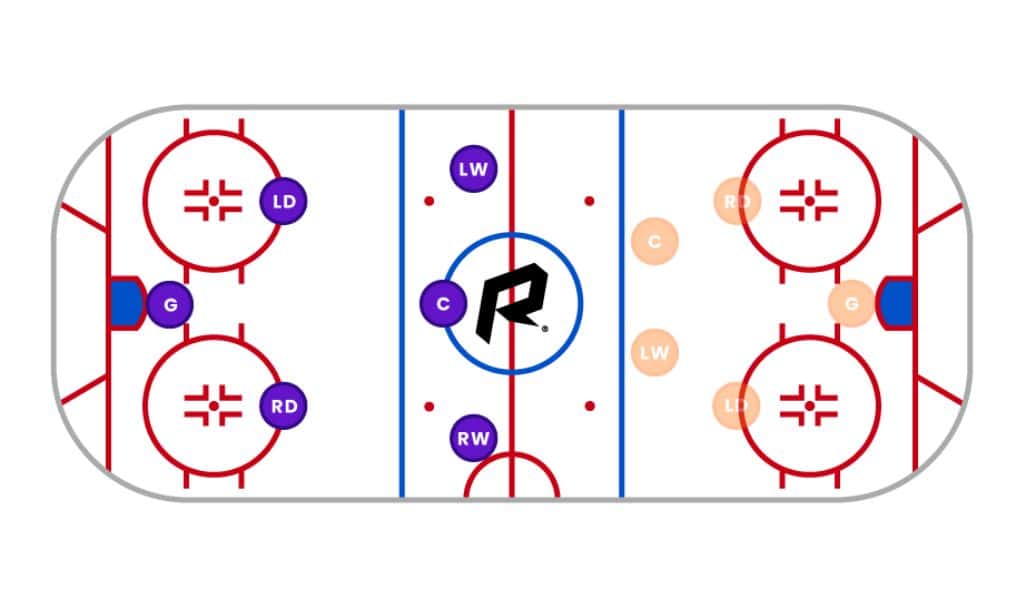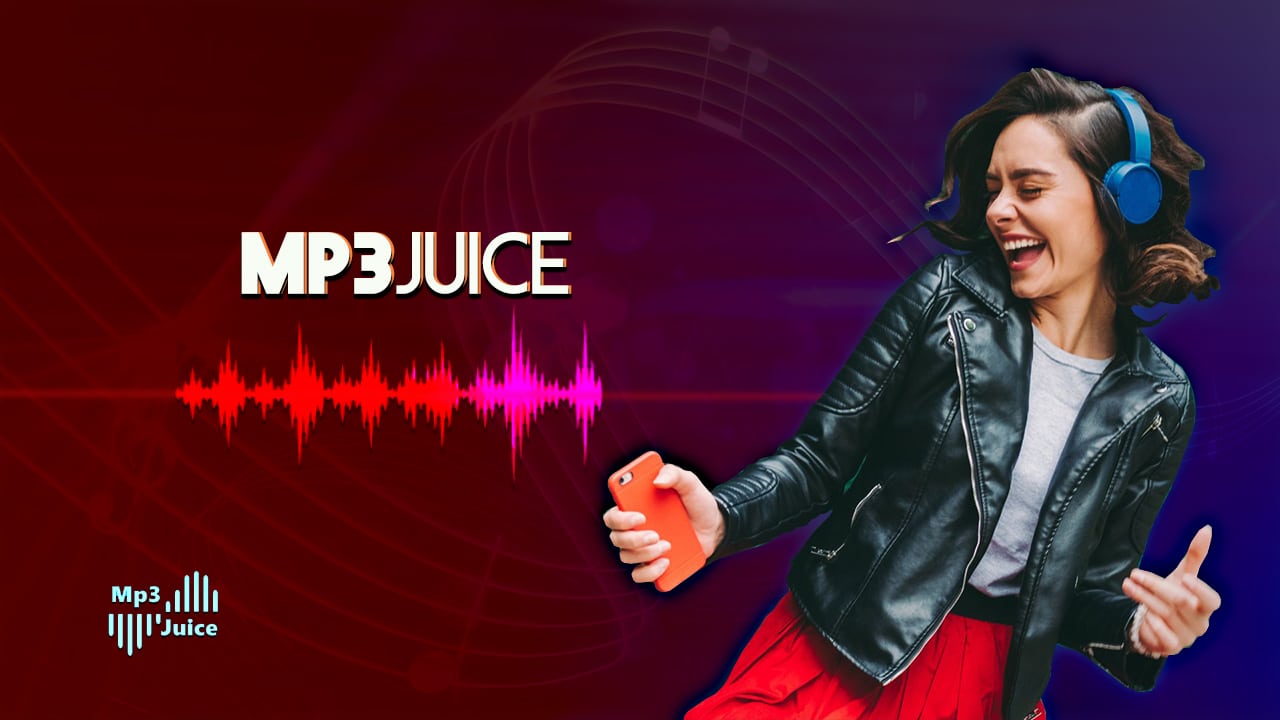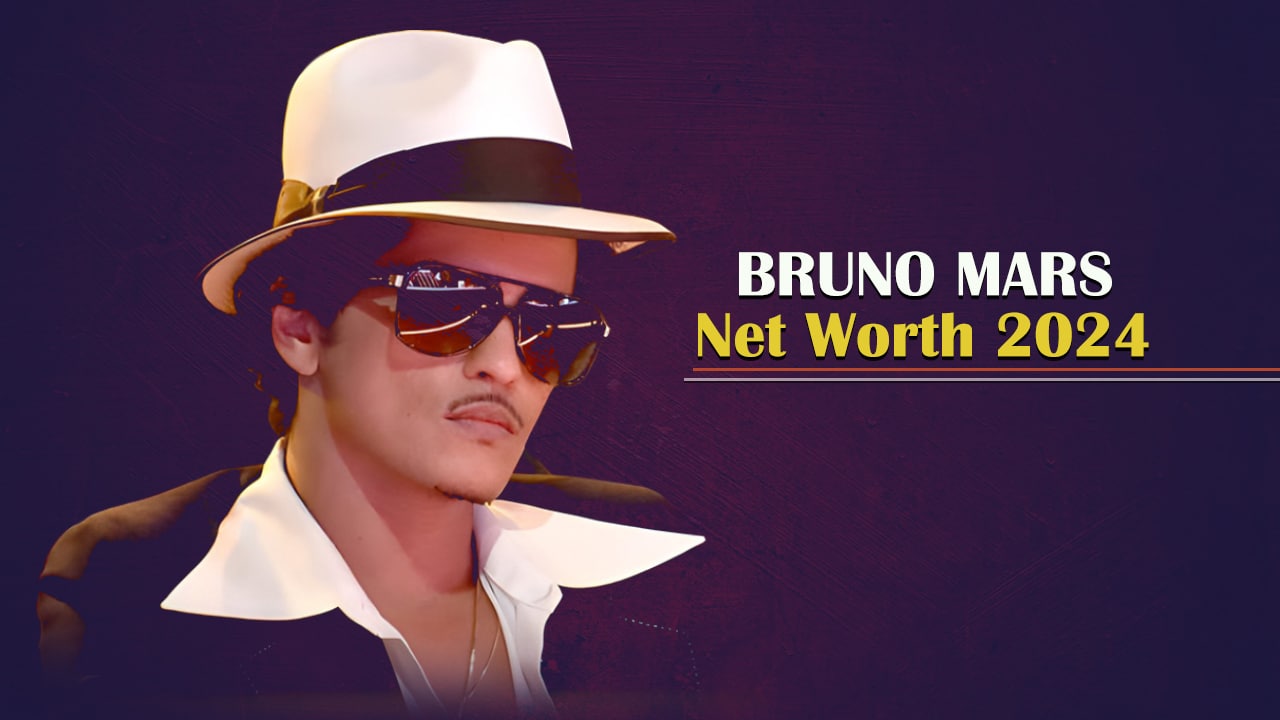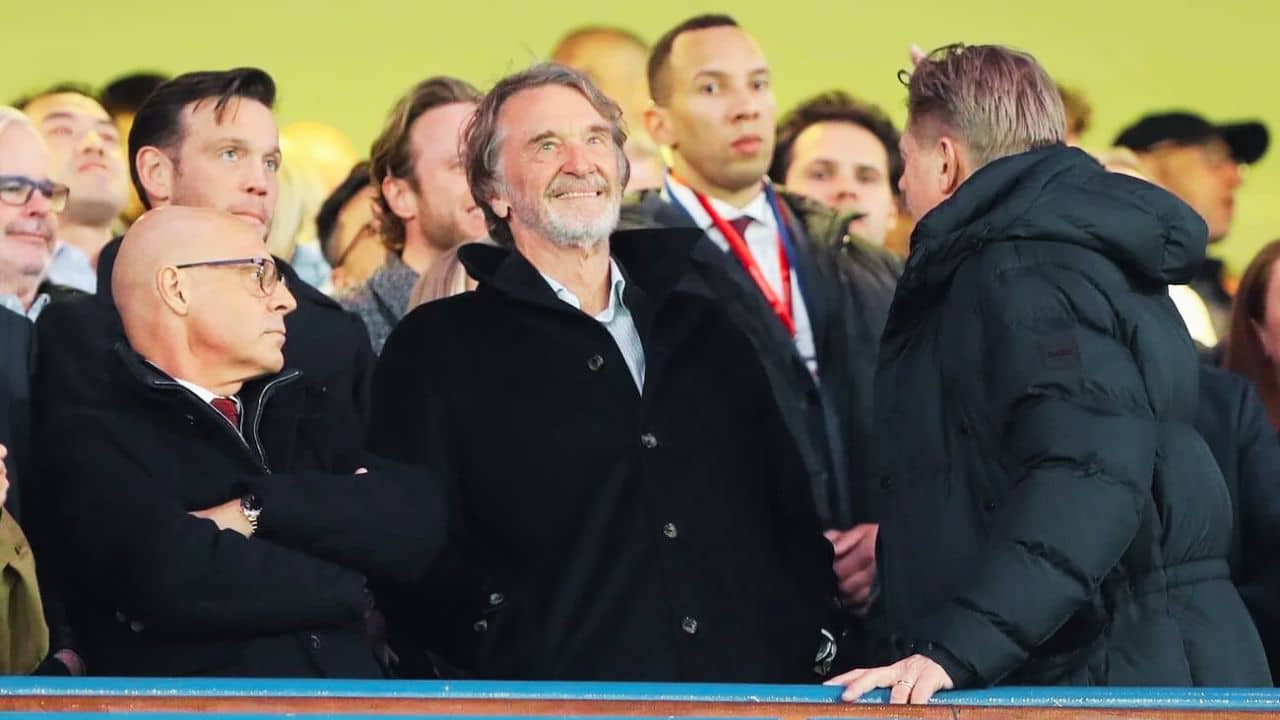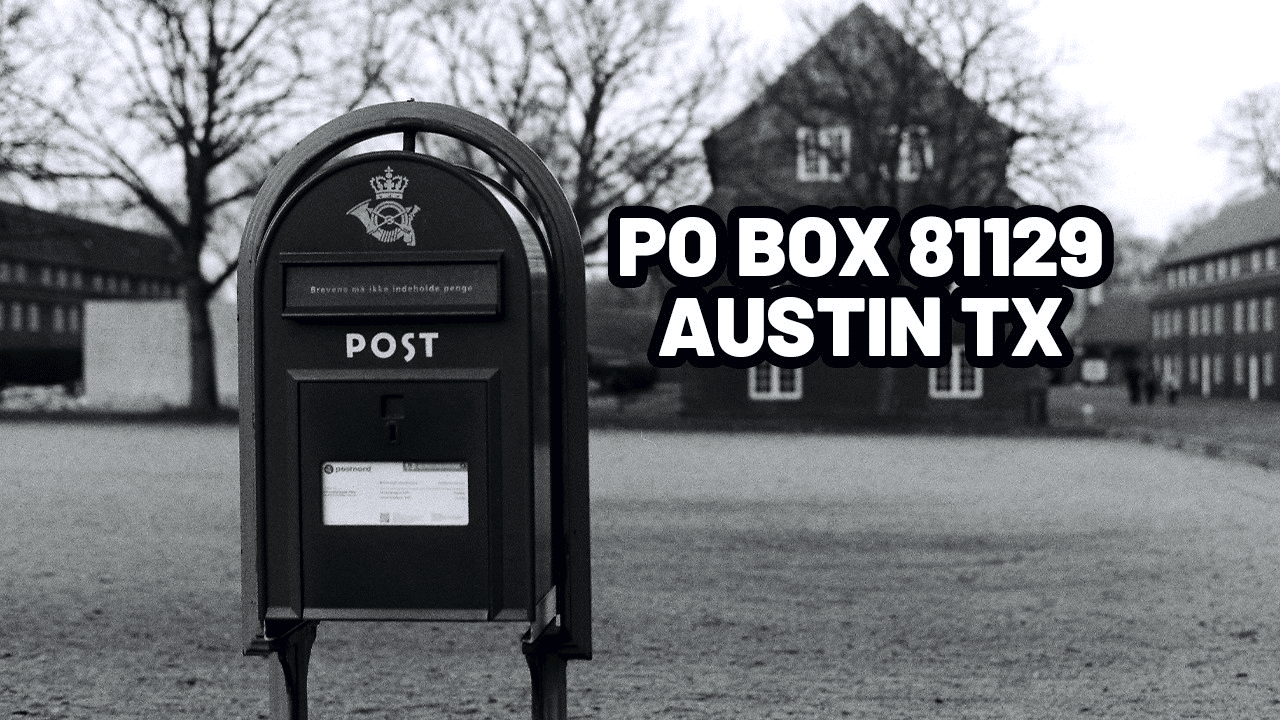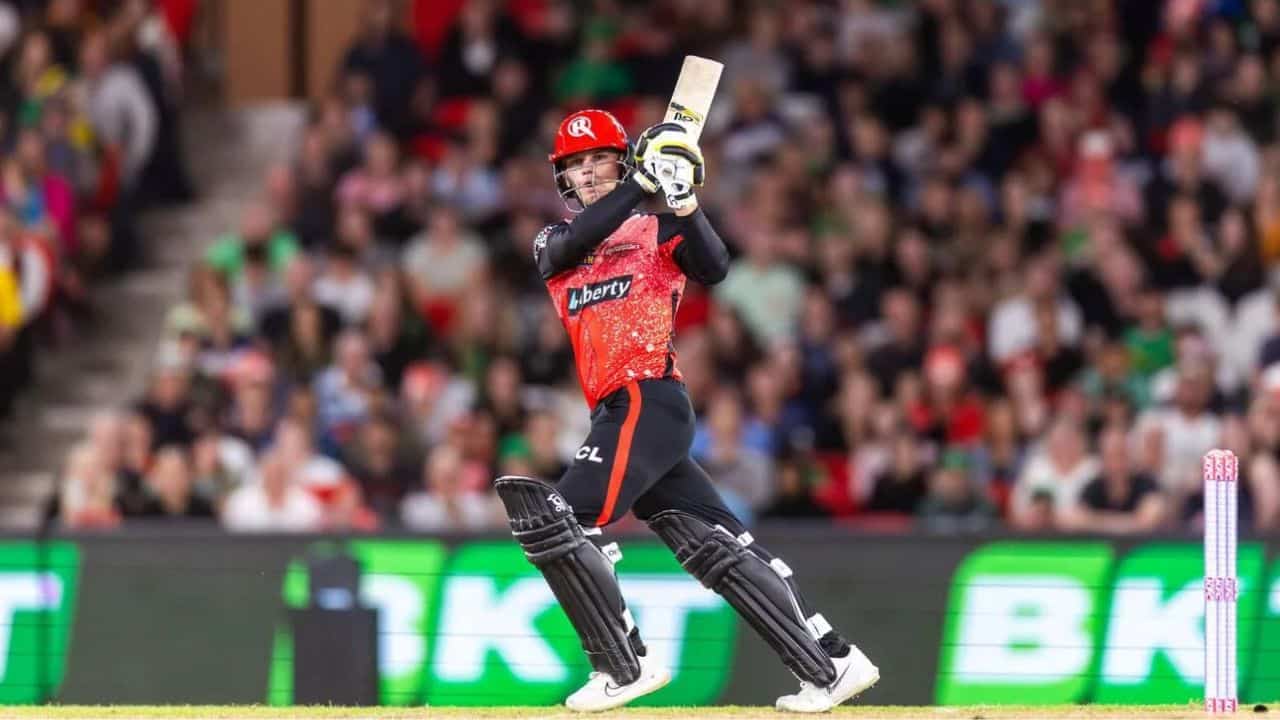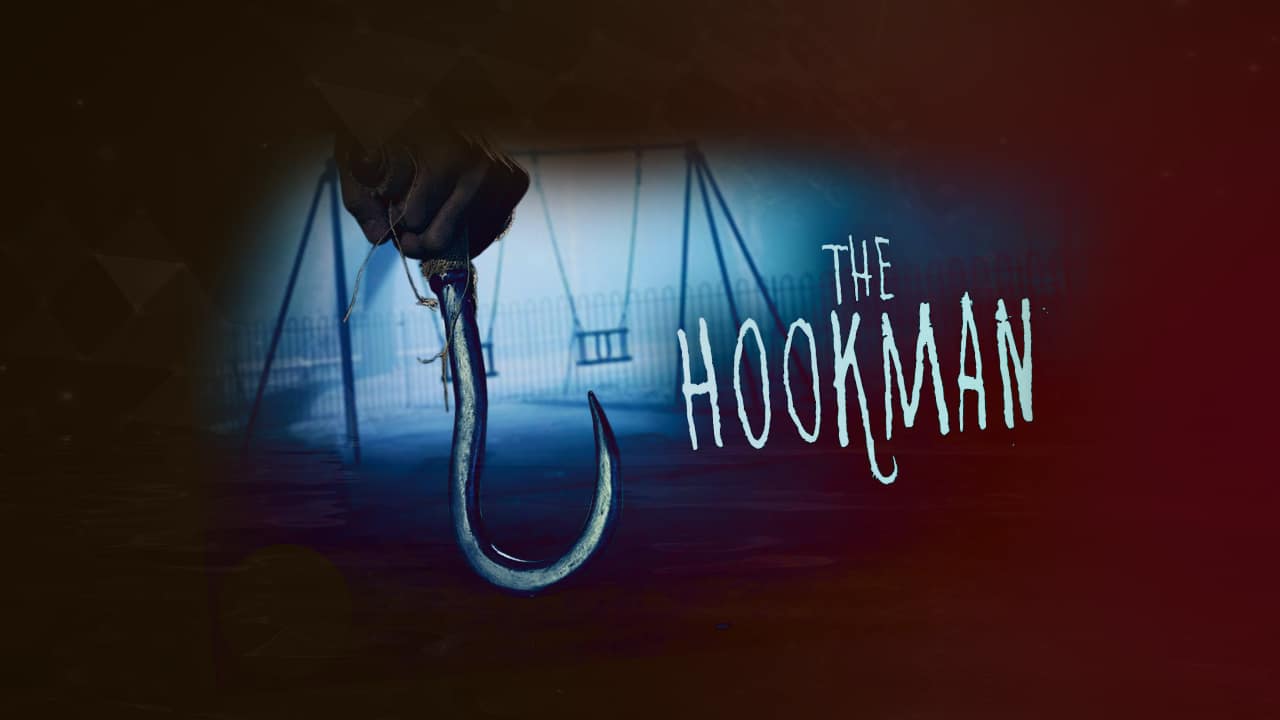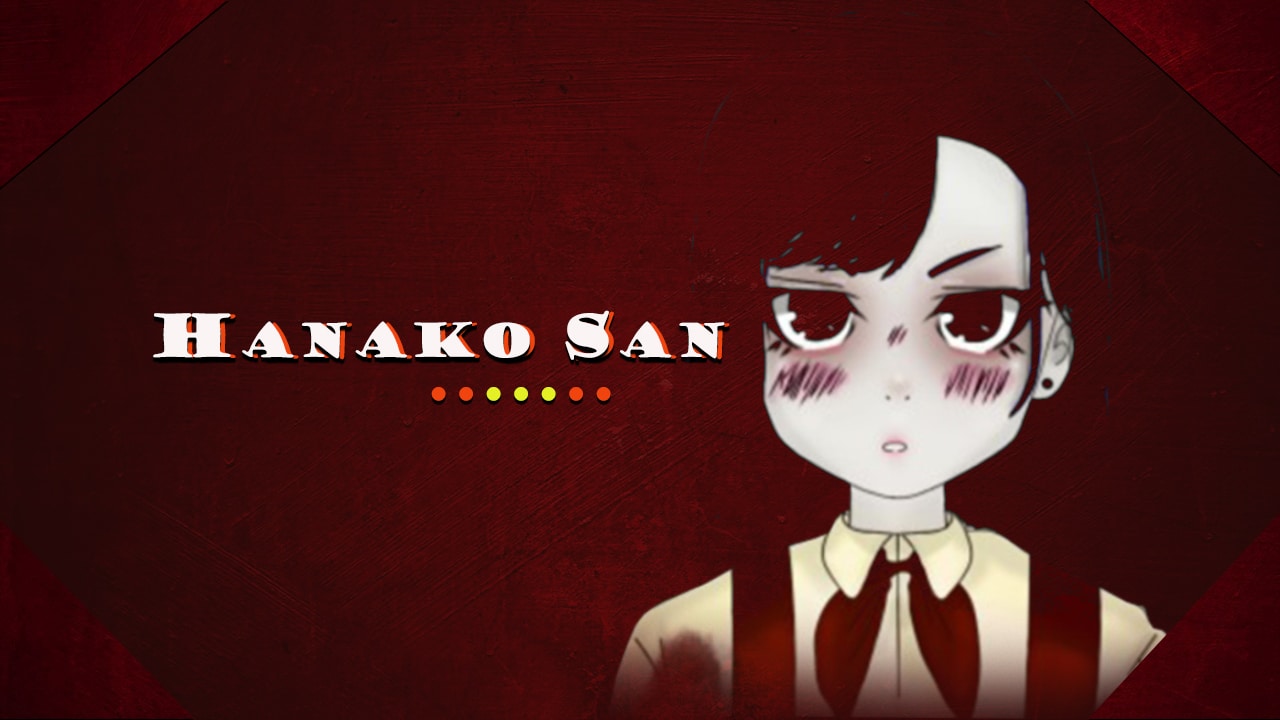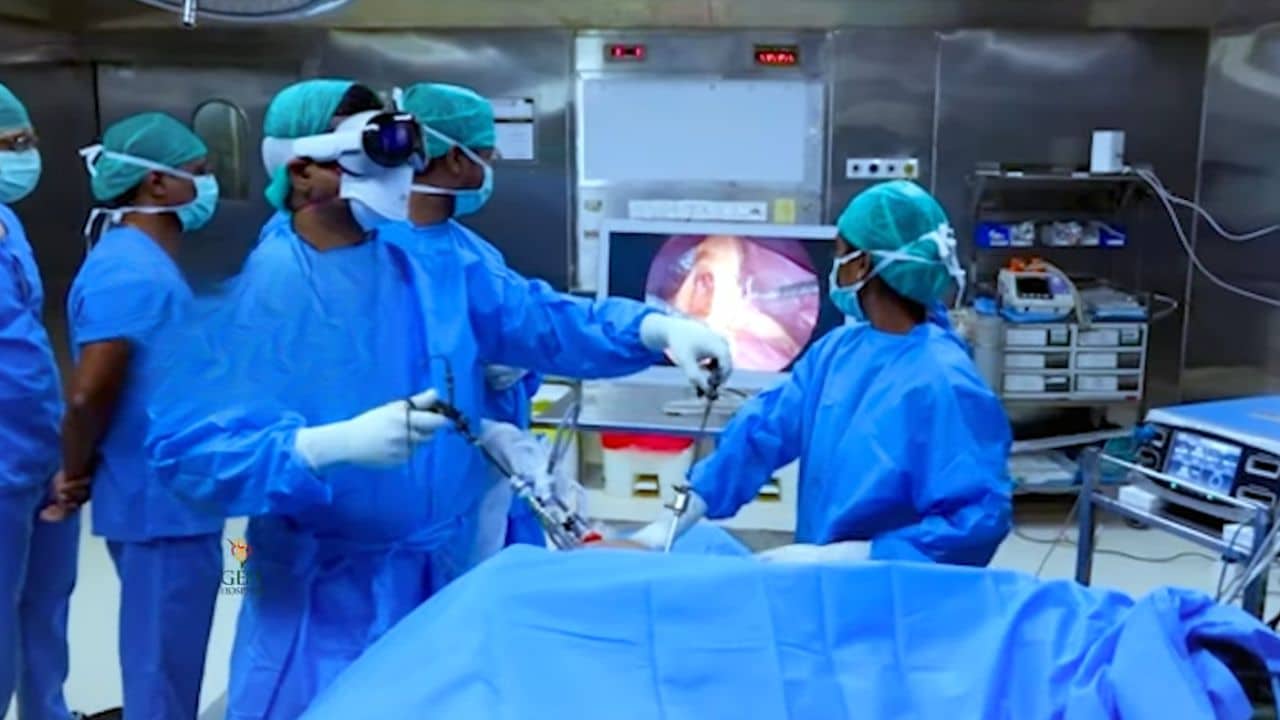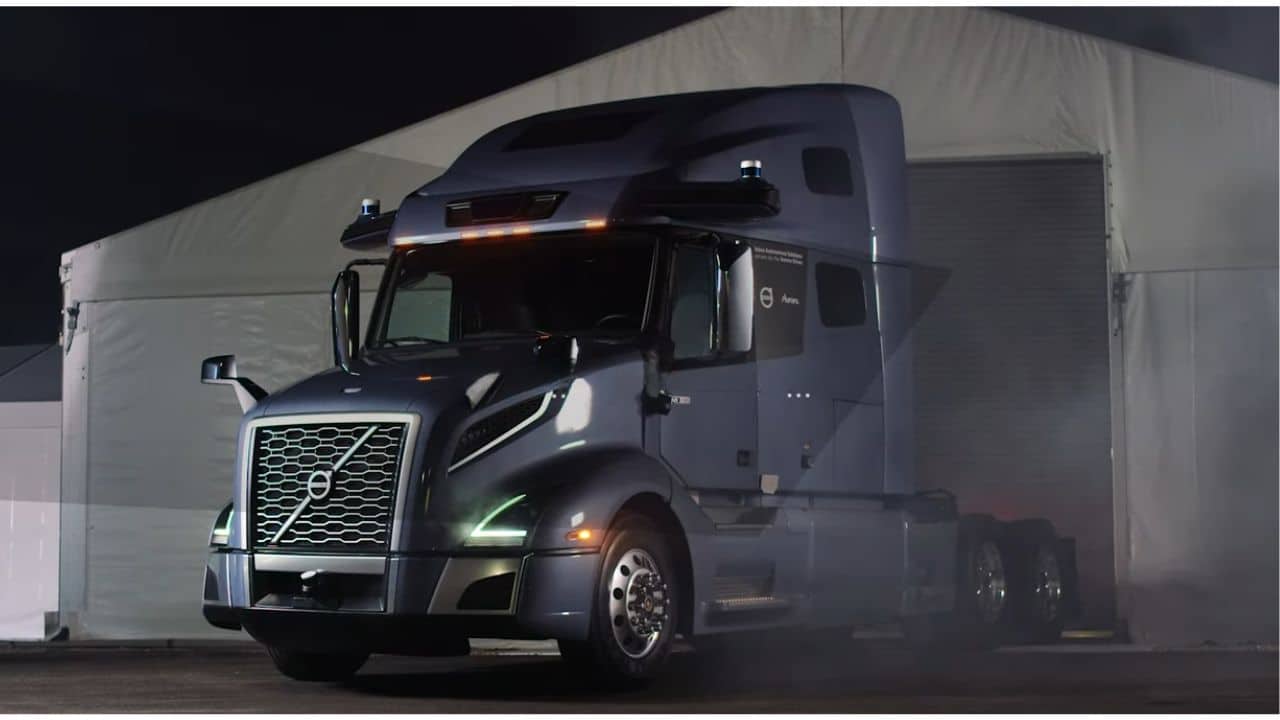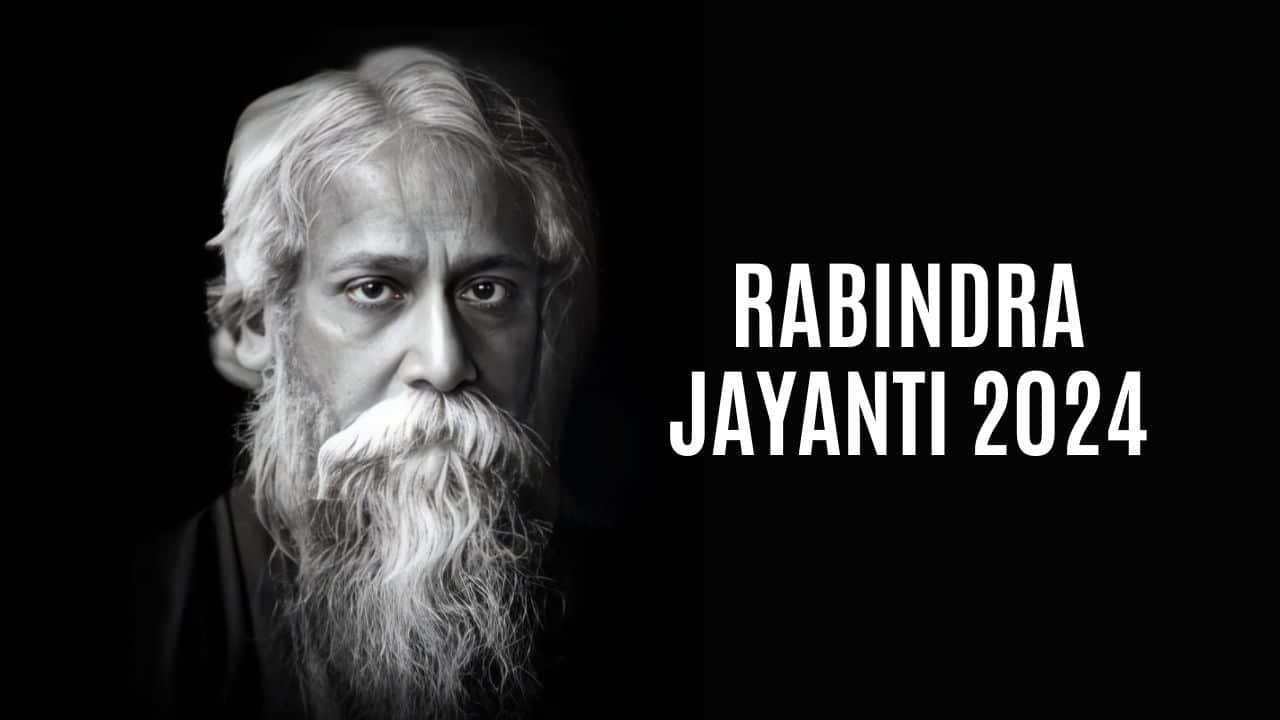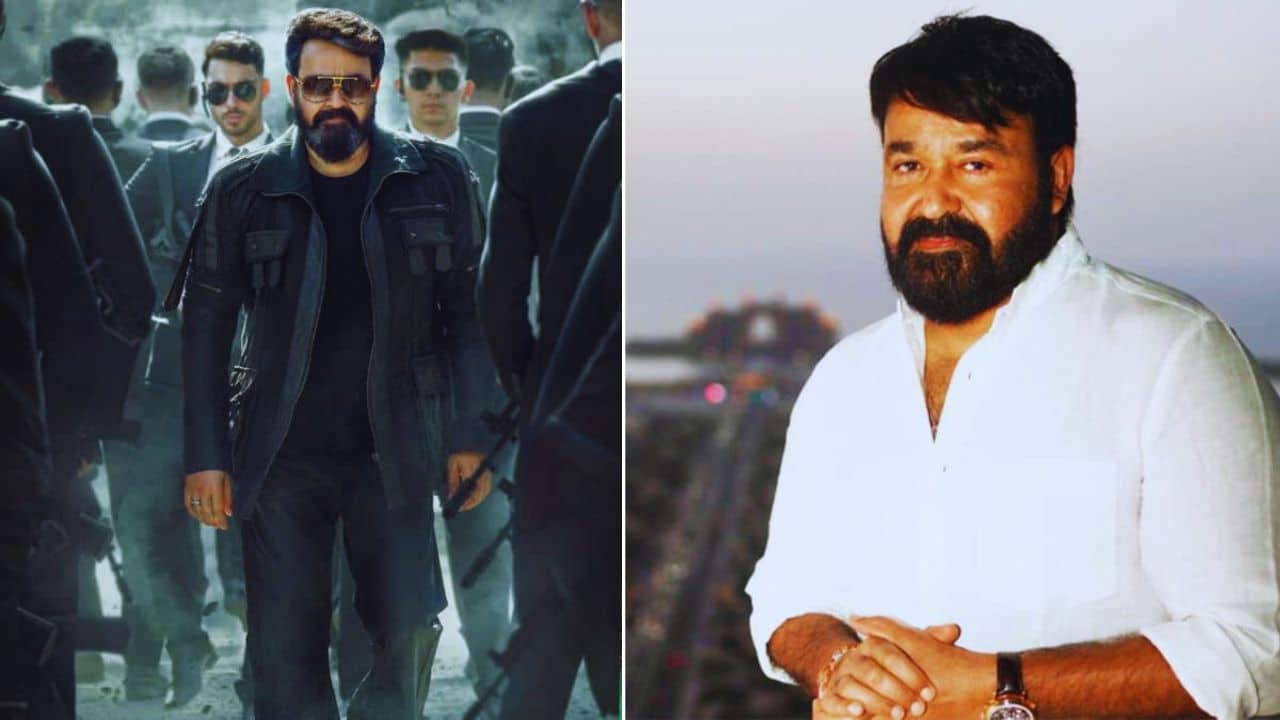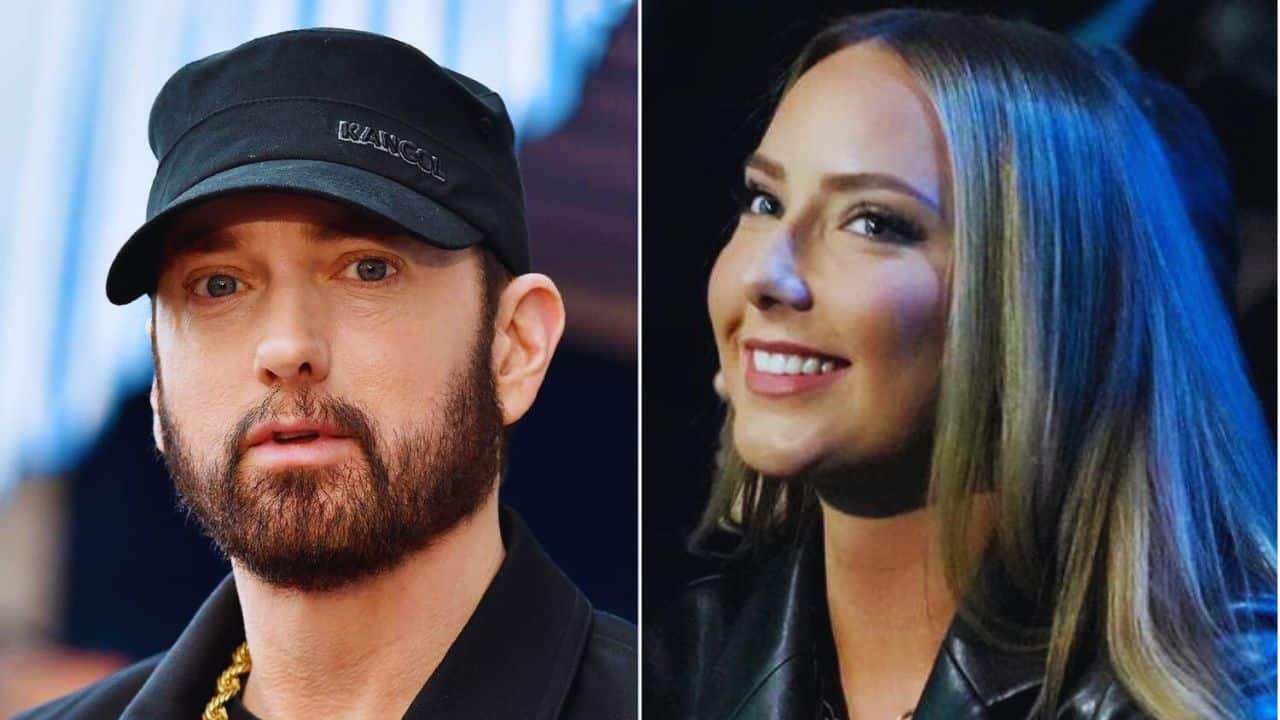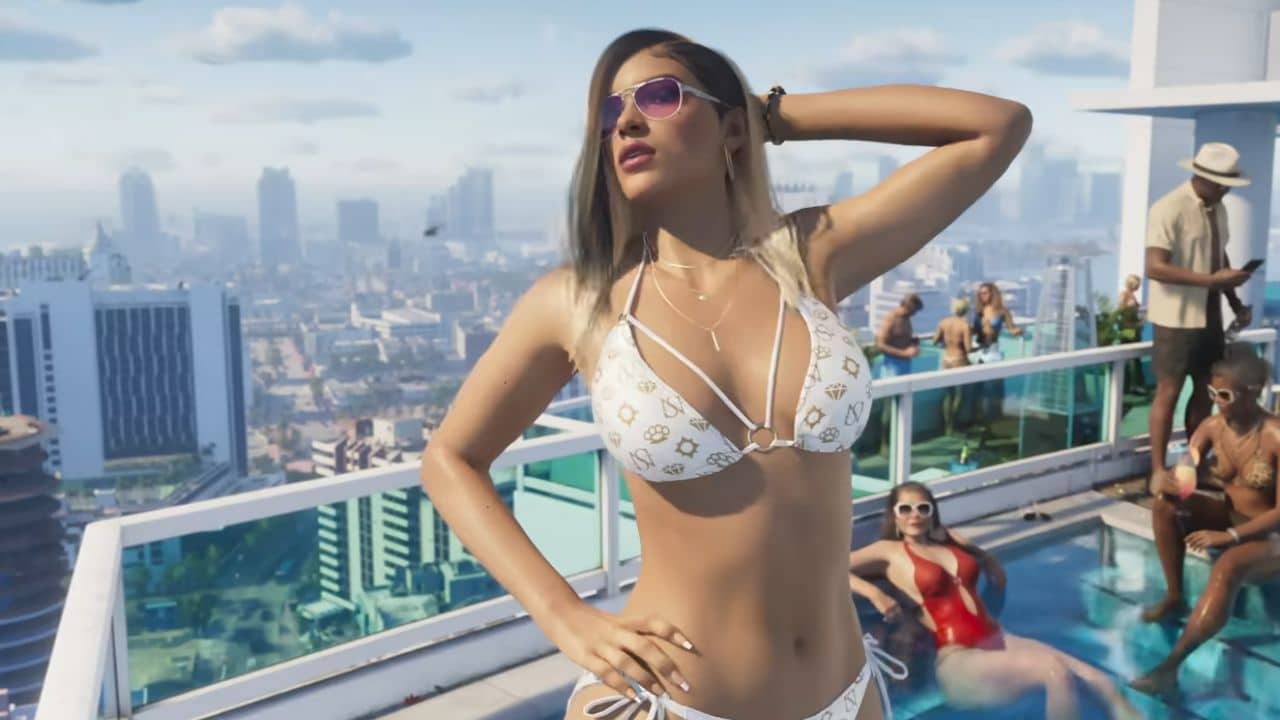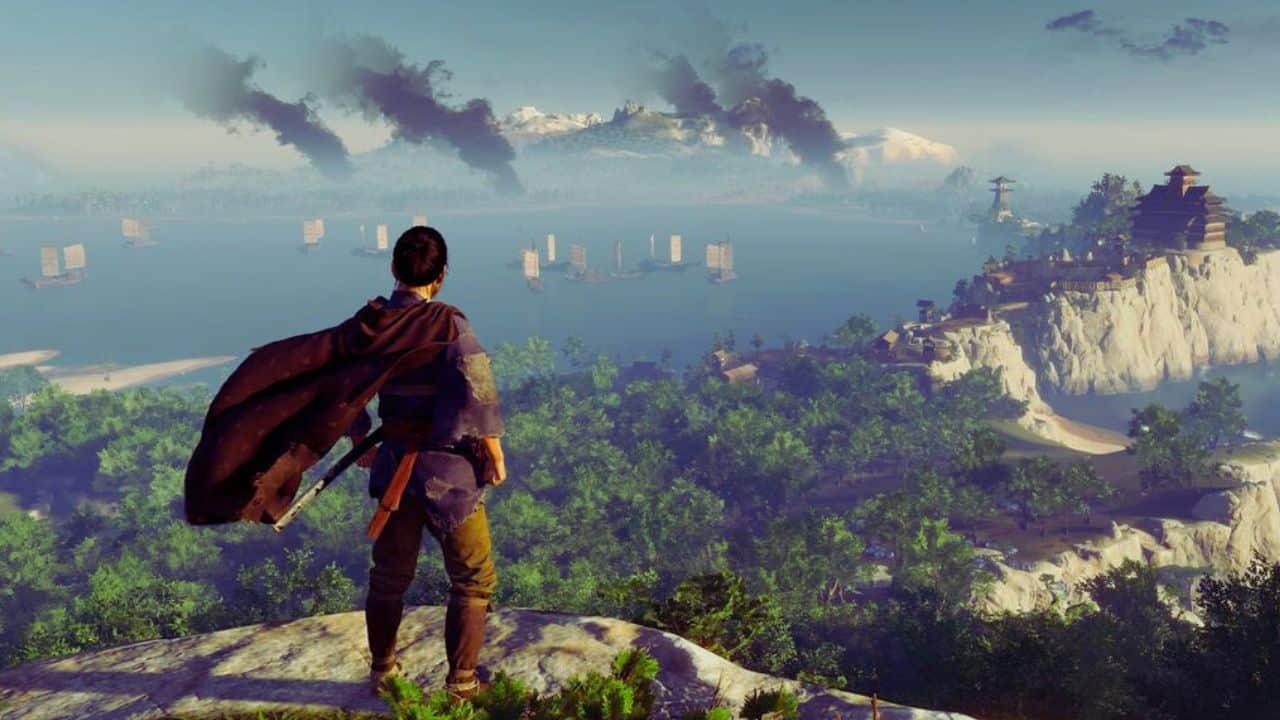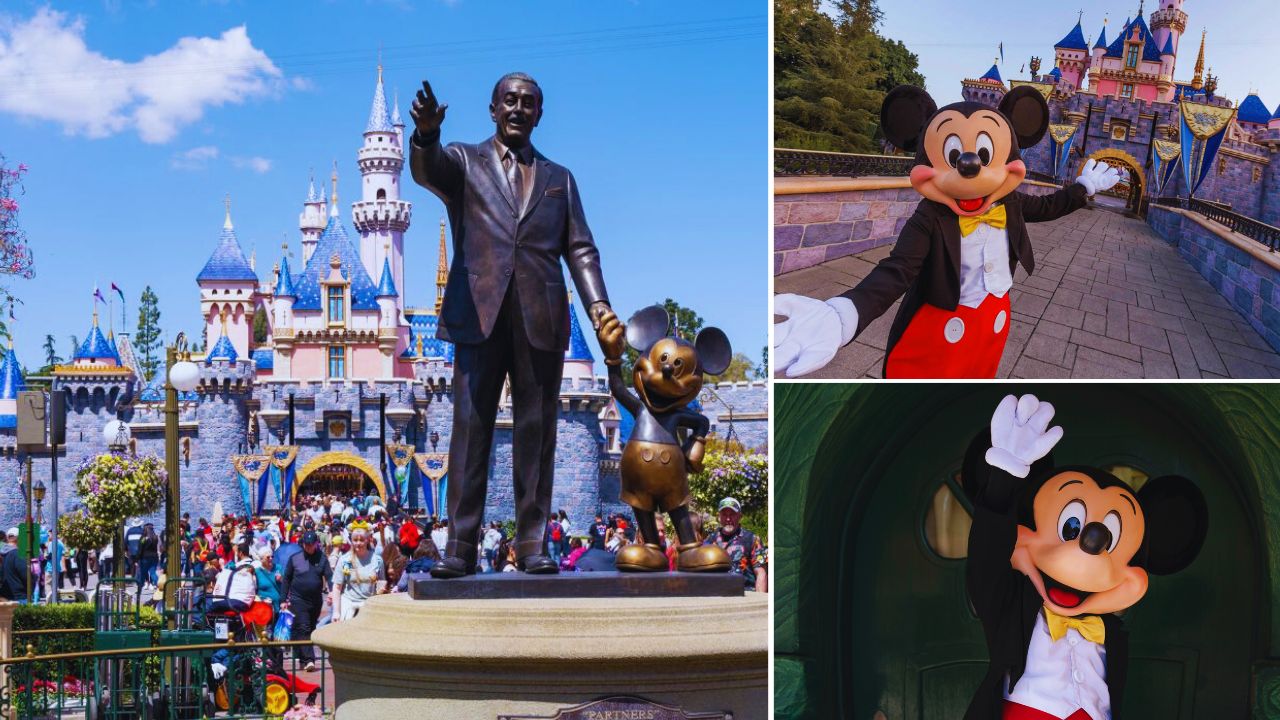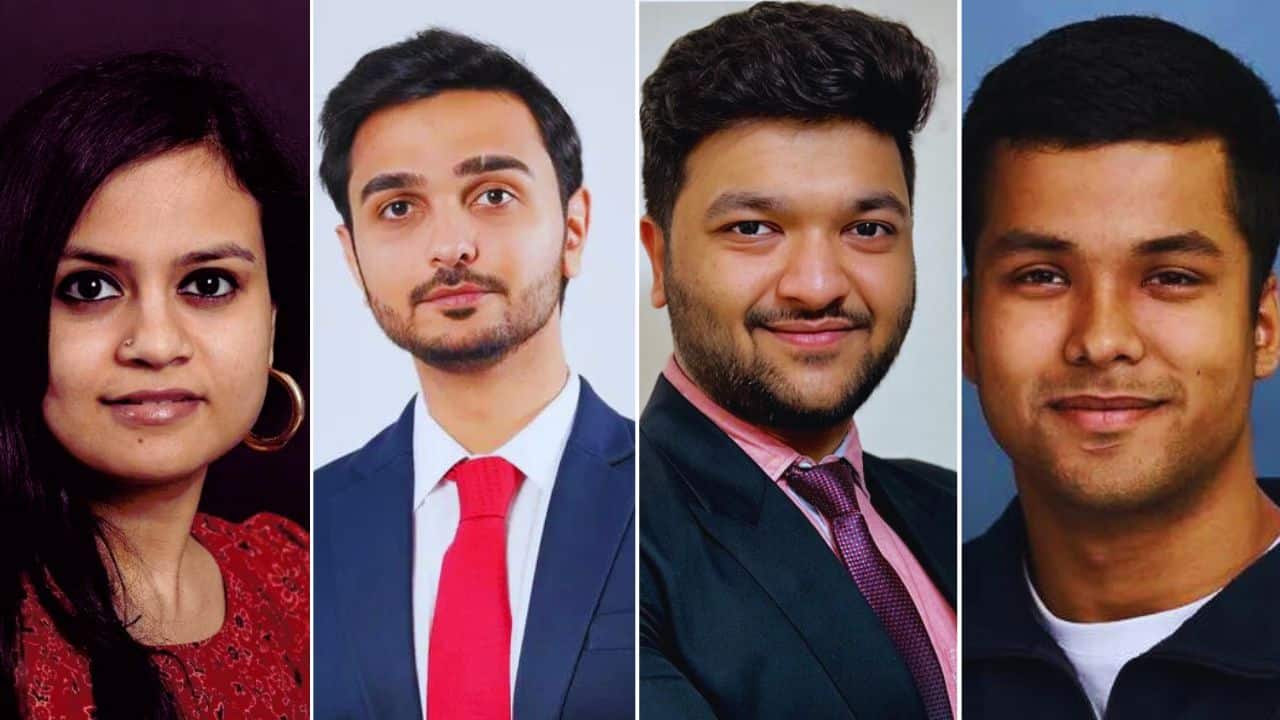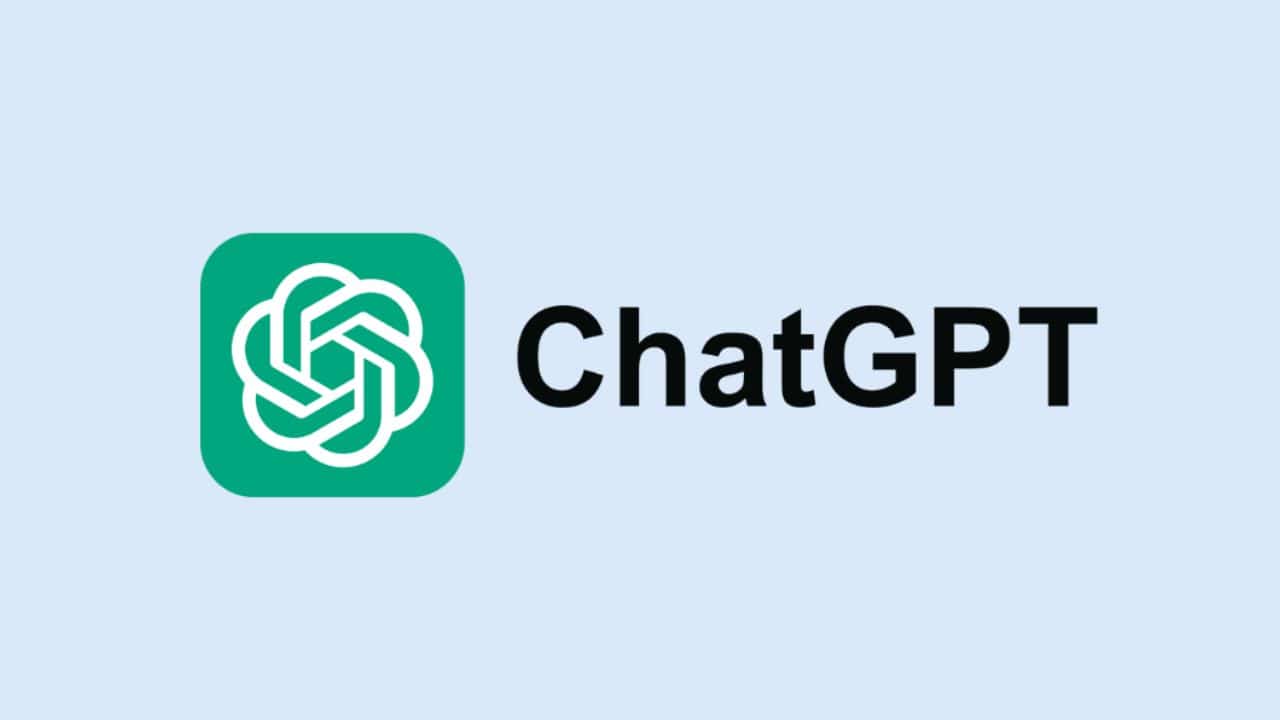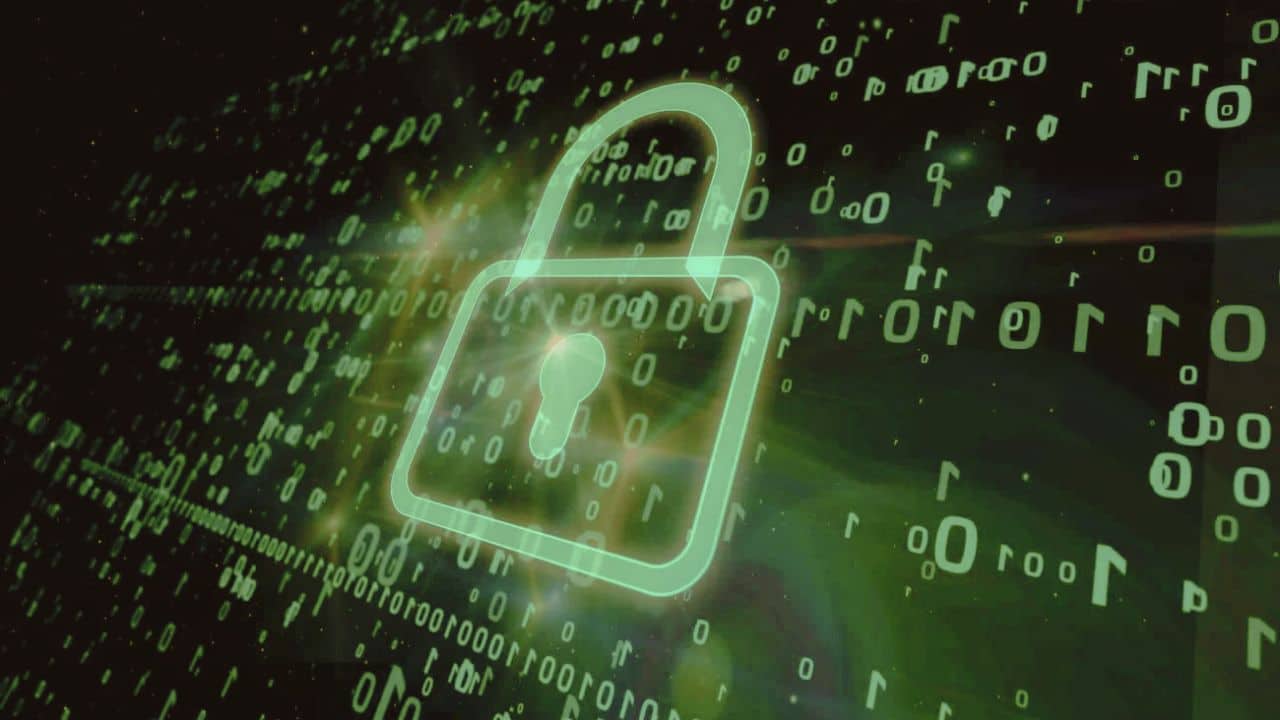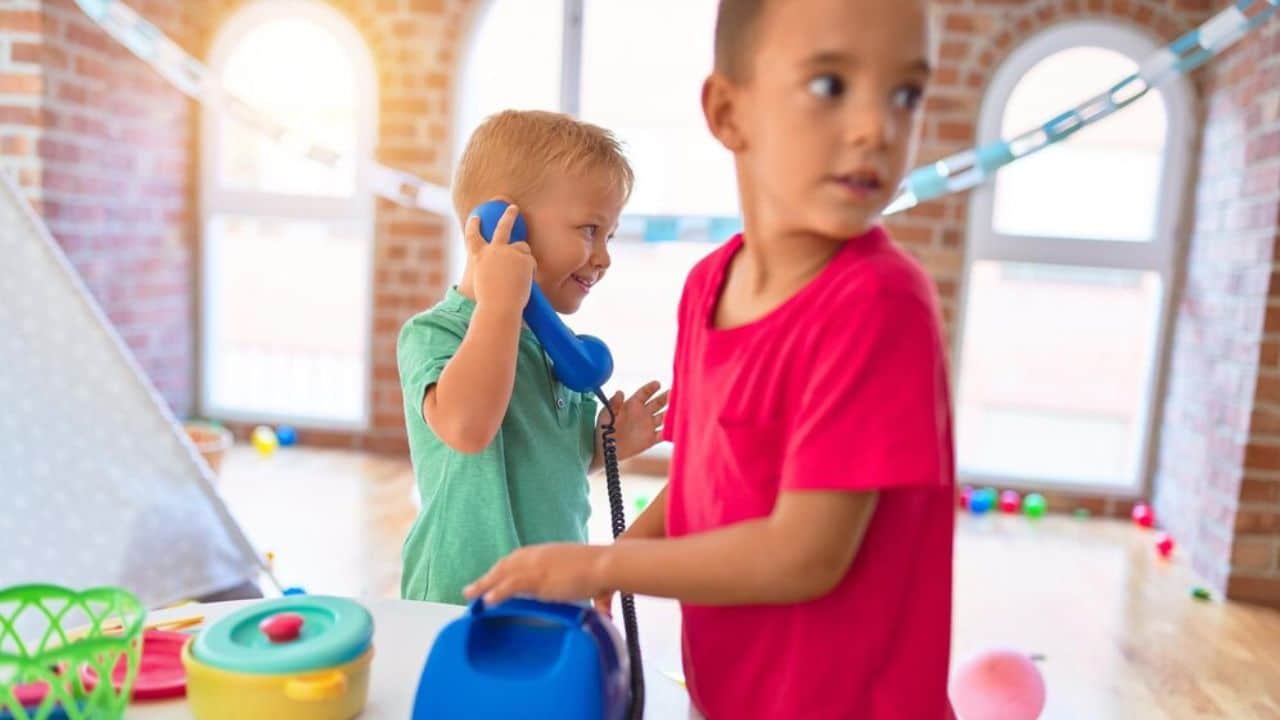A hockey power play could be one of the most confusing parts of the game. Even popular team sports like basketball, volleyball, and American football don’t have this idea. Because of this, many people new to hockey often ask, “What is hockey power play?”
When one team has more players than the other, this is called a “power play.” The team likes having more people for a certain amount of time, either by one or two more than their opponent. This means that instead of each team having six players on the ice, one side will only have four or five players on the ice.
Either two minutes or five minutes pass during the power play. The two-minute penalty is for a minor rule violation, while the five-minute penalty is for a rule violation that is considered to be more serious.
What is a Power Play in Hockey?
In hockey, a power play is when one team has an extra player or two on the ice because the other team got a penalty. A penalty is called when a player does something that is against the rules. This is a power play. For example, if one team makes a minor mistake, the other team will have a two-minute power play.
While one team is on a power play, the other team is down a player and can’t play as well. If both teams commit a minor or major penalty simultaneously, neither team will have a power play because neither will have more skaters than the other while the penalties are being served.
If you look at the scoreboard and see that one team has a penalty, you can figure out which team is on the power play. If that’s true, the other team has the advantage. It will also be easy to see that one team has more skaters on the ice than the other.
History of Power Plays in Hockey
In the NHL, the power play rules have only been changed in a big way once. During the 1956-57 season, Jean Béliveau of the Montreal Canadiens scored a hat trick while on a power play. A 2-minute minor infraction led to the power play, during which Beliveau scored three goals in 44 seconds (source).
Since then, teams on the penalty kill have been able to go back to even strength after giving up a goal on the power play when the penalty was minor.
Related Read: 7 Things You Need Before Joining Hockey Lessons
How Does a Team Get a Power Play?
Hockey is a challenging and fast-paced game. There are things you can and can’t do in any sport. When a player breaks one of the rules, the referee will give that player a penalty.
When a hockey player gets a penalty, he has to go to the “penalty box” and sit there for the amount of time that goes along with the penalty. Most of the time, they get punished for 2 minutes, but for terrible offenses, they can also get punished for 4, 5, or 10 minutes.
The most important thing to know about getting a penalty is that when a player goes to the penalty box to serve his penalty for the time he was given, his team cannot send another player on the ice to replace him. They will be ‘shorthanded’ on the ice for the length of the penalty infraction or until the other team scores.
After the penalty is given, the team that does not have the penalty will now have more players on the ice, and that advantage is called a power play.
How Does a Power Play Work in Hockey?
Fans often say a team has the “man advantage” when it is on the power play because it has more skaters than the other team. This is because the player who gets a penalty has to sit in the penalty box for a while. During a penalty, the team that did something wrong is often called “shorthanded” because they have one less player.
A penalty kill is another name for when a team is down a player. The player who did something wrong will stay in the penalty box until their time is up or until the team on the power play scores. The player will leave the penalty box and skate to their team’s bench.
What is an Ice Hockey Power Play?
In ice hockey, power play happens when a team gets a penalty and has to send a player to the penalty box and play with fewer players for at least two minutes. For more severe offenses, the penalty time can be longer. If a player on the team that did something wrong is given a penalty, that team has to play with only four players against the other team’s five players. This is called a “5 on 4 power play.” If several players on one team get penalties at the same time or different times, they might have to play with only three players, giving the other team a 5 on 3 power play.
Choosing the Right Power Play for Your Team
The most important thing to remember is to put players in spots where they can use their strengths. This is important when you are in the zone and getting out. For example, if your breakout is based on speed and moving the puck well, you should start the breakout with an intelligent, good-passing player and use faster players as swing players. In the offensive zone, you will want to position your best shooter in areas of the ice you want to manufacture shots.
How Long Do Power Plays Last in Hockey?
Most of the time, the length of a power play depends on how long the player who did something wrong has to sit in the penalty box. The two-minute minor penalty is the most prevalent punishment in hockey. So, the player who did something wrong has to sit in the penalty box for two minutes. His team is then only allowed to have four players on the ice during that time.
While a player is in the penalty box, the opposing team is on the power play and has two full minutes to play five against four, or with the man advantage as it is often called. On the other hand, some punishments are harsher and can last as long as four or five minutes. During that time, the team of the player who did something wrong will be short-handed, while the other team will have a chance to score more goals.
It is also worth noting that two players from a team can be in the penalty box simultaneously if they both committed penalties. During that time, they will only be able to have three players on the ice, and the other team will have a five-on-three power play. If that is true, defending the team with more players makes it very hard.
Read More: How Long Are Hockey Games
Power Play Strategies in Hockey
All NHL teams use parts of the Umbrella, the Overload, the 1-3-1, and the Spread when they have the puck.
There are four main power play formations, and each one looks different. Good teams can switch between different setups to keep penalty killers guessing.
1-3-1 Power Play Formation
In recent years, the 1-3-1 formation has been the most used one. The point player, usually a defenseman, is the only player closest to the blue line. The two wingers and the bumper are next. A player stands in front of the net and acts as a screen.
The bumper position helps prevent over-commitment on the wingers by the penalty-killing team. If the defense team goes after the winger who has the puck, they can quickly pass it to the bumper for a one-timer from the slot (premium scoring area).
By defending against the bumper, the power play team can pass the puck between the two wingers and the point player on the outside of the ice.
One other strategy is for the winger to be able to make cross-seam passes to either the player near the goal or the other winger. The defensive team is paralyzed because they would spend too much time defending one player and leave themselves open to another threat.
Umbrella Power Play
The classic NHL power play is the Umbrella Power Play. It involves two defensemen at the blue line and two forwards at the half boards. This creates the umbrella image with the final players in front of the net to create the stem or handle of the umbrella.
The players in the umbrella will move the puck around the umbrella’s edge to get an open shot on the goal, while the player in front will try to block the goalie’s view or score on a deflection.
The forward on the other side of the net from where the puck is shot will also crash the net to help block the shot or get rebounds.
Overload Power Play
Teams with playmakers use the Overload system. It requires skilled skaters to keep passing the puck back and forth to confuse the defenders.
Forwards are focused on overwhelming opponents along the half boards. The Overload is meant to create and take advantage of defensive holes by constantly moving down low.
The power play overload, called the “1-2,” is based on constant cycling and movement. But because there is so much movement, players don’t always get a lot of shots and are more likely to turn the ball over.
Spread Power Play
The Spread, also called the 2-1-2 formation, tries to draw defenders away from the blue line while the attacking team tries to overwhelm the slot area with forwards, making the crease area too crowded.
With no one on the blue line, defensemen should have more time and space to make a play, like taking a slapshot or looking back for an open forward to pass to.
In 5-on-3 situations, the Spread is still the best formation to use. But teams with strong forwards who can muscle their way into position to crash the net and block the goalie have done well when they are down to one player.
Read Also: What is Icing in Hockey?
Power Play Rules
- The player who did something wrong has to sit in the penalty box, which gives the other team a power play.
- The penalty clock runs out for minor penalties, and if the team on the power play scores a goal, the power play is over. When a player gets a significant penalty, he or she must serve the full penalty time, even if a goal is scored.
- If the team with fewer players scores a goal, the penalty clock keeps going and the player who did something wrong stays in the penalty box.
- When a team is short-handed, they can’t be called for icing.
When Does the Power Play End?
When a player gets a penalty, he or she has to stay in the penalty box until the penalty is over. Once the penalty is over, they can get back on the ice and play again. At this point, the power play is over if both teams have five players and are back to full strength.
If the team with more skaters on the ice scores, the two-minute minor penalty power play will end early.
Can a Power Play Occur in Overtime?
Yes, like in regular play, a power play can happen over time. In overtime, the rules say that each team will only have three players instead of the usual five.
As was already said, a team can’t simultaneously have less than three players on the ice. When a penalty is called during a power play in overtime, the team that did something wrong does not lose a player. A 3-on-2 power play is not possible. Instead, the team with the advantage will add one player to make it 4 on 3.
How Much Advantage Does a Team Have on the Power Play?
Stats show that, on average, a team with a power play will score about 20% of the time when they have it. Expect a team to score once every five times they have a chance.
This number can be different for each team. For example, statmuse.com says that the Edmonton Oilers had the best power-play percentage in the NHL during the 2020-2021 season, at 27.6%. With only 18.8%, the New York Islanders had the worst power play percentage.
So, as you can see, having several power-play chances during a game can be very helpful and give you many more chances to score than during even-strength play.
Read More: How Many Periods in Hockey
What Equipment Do Players Need to Play Hockey?
When playing hockey, players need a lot of different kinds of gear. The most obvious need is a pair of hockey skates, which help players move quickly and efficiently on the ice. The blades on these skates need to be sharpened because dull blades can make it hard to move around on the ice.
Players also need a helmet and padding to keep their heads and bodies safe while they play. Extra gear like shin guards and gloves are also recommended because they protect you from bumps and scrapes even more.
Lastly, you need specific equipment like sticks, pucks, and goalkeepers to play well and compete in a game setting. If you want to do well at hockey, you need the right gear.
‘Play’ vs. ‘Power Play’
Even the name “power play” can be confusing to newcomers. Think about how a “play” in hockey is like a “play” in most other sports: it’s the moves a team makes to move forward and, if possible, score against the other team. But the term “power play” in ice hockey” means something slightly different. The “power play” is when a team has an advantage of one or two players, not the team’s moves during that time.
Wrapping Up
When one team has more players than the other, it is called a “power play.” This is a unique part of any hockey game. With this advantage, a team has a small amount of time to try to score a goal. The penalty is over when the team on the power play scores or the penalty time is up. Power plays are one of the most exciting parts of a hockey game because they happen quickly and have a lot going on.
Frequently Asked Questions (FAQs) about What is Hockey Power Play
Check some commonly asked questions on hockey power play here.
What is the Official Scoring of a Power-Play Goal?
PPG is the official score abbreviation for a goal scored on the power play.
What are the Different Types of Power Plays?
The length of a power play depends on what kind of penalty was made. In the NHL, there are five different kinds of penalties: a minor penalty, a major penalty, misconduct, a matching penalty, and a penalty shot.
When do power plays happen in hockey?
If a player gets a penalty during a game, they have to go to the penalty box for a certain amount of time, which depends on how bad the penalty was. When the player who did something wrong is sent to the penalty box, the other team gets a chance to score.
Do power plays carry over through periods?
Yes, a power play can go into the next period if the penalty clock still has time on it. If there is still time on the penalty clock at the end of regulation and the game is tied, penalties will also continue into overtime.
Can both teams be on a power play at the same time?
No, both teams can’t have a chance to score simultaneously. But they can both get the same penalty, so a player from each team has to spend time in the penalty box. For a team to be on a power play, they must have more skaters on the ice than their opponents. Since both teams can’t be on a power play simultaneously, only one can be on a power play at a time.
What is a powerplay goal?
A team scores a powerplay goal with an extra player or two on the ice because the other team got a penalty.
Can you ice on a power play?
On the power play, the team with fewer players can ice the puck, but the team with more players can’t. During a power play, there are still offsides.
What happens during a power play?
The power play happens when one or two players on one team are sent to the penalty box, which means they have to leave the ice for a certain amount of time. This gives the other team an advantage of one or two players. Either two minutes or five minutes pass during the power play.
How many power plays can you have in hockey?
Each team can have up to two players in the penalty box without being able to switch. This means that a team could have a 5-on-3 power play. Three kinds of penalties can give the other team a power play: minor (two minutes), double-minor (four minutes), and major (five minutes) (five minutes).
Is there icing in hockey on a power play?
Icing happens when a player on his team’s side of the red center line shoots the puck down the ice, and it crosses the red goal line at any point (other than the goal). They can’t ice the puck when teams are at equal strength or on the power play.
What is the longest power play in NHL history?
At that point, the forty men on the two teams of the 11-Day Power Play had set a new unofficial Guinness World Record for playing the world’s longest continuous hockey game. Fans stood up and cheered. For a short time, the game stopped as players hugged each other on the benches and on the ice.
What makes a good power play?
Most good power plays have someone at the point who can hit the puck hard toward the goal. When you have that, it makes room and gives you a second and third chance.
Can you have a 5 on 2 in hockey?
No, there can never be less than 3 people on the ice for a team. If a team gets a penalty while there are only three players on the ice, the penalty will end when there is the least amount of time left on the penalty.




